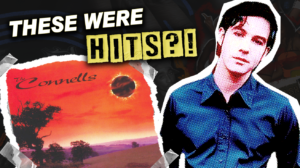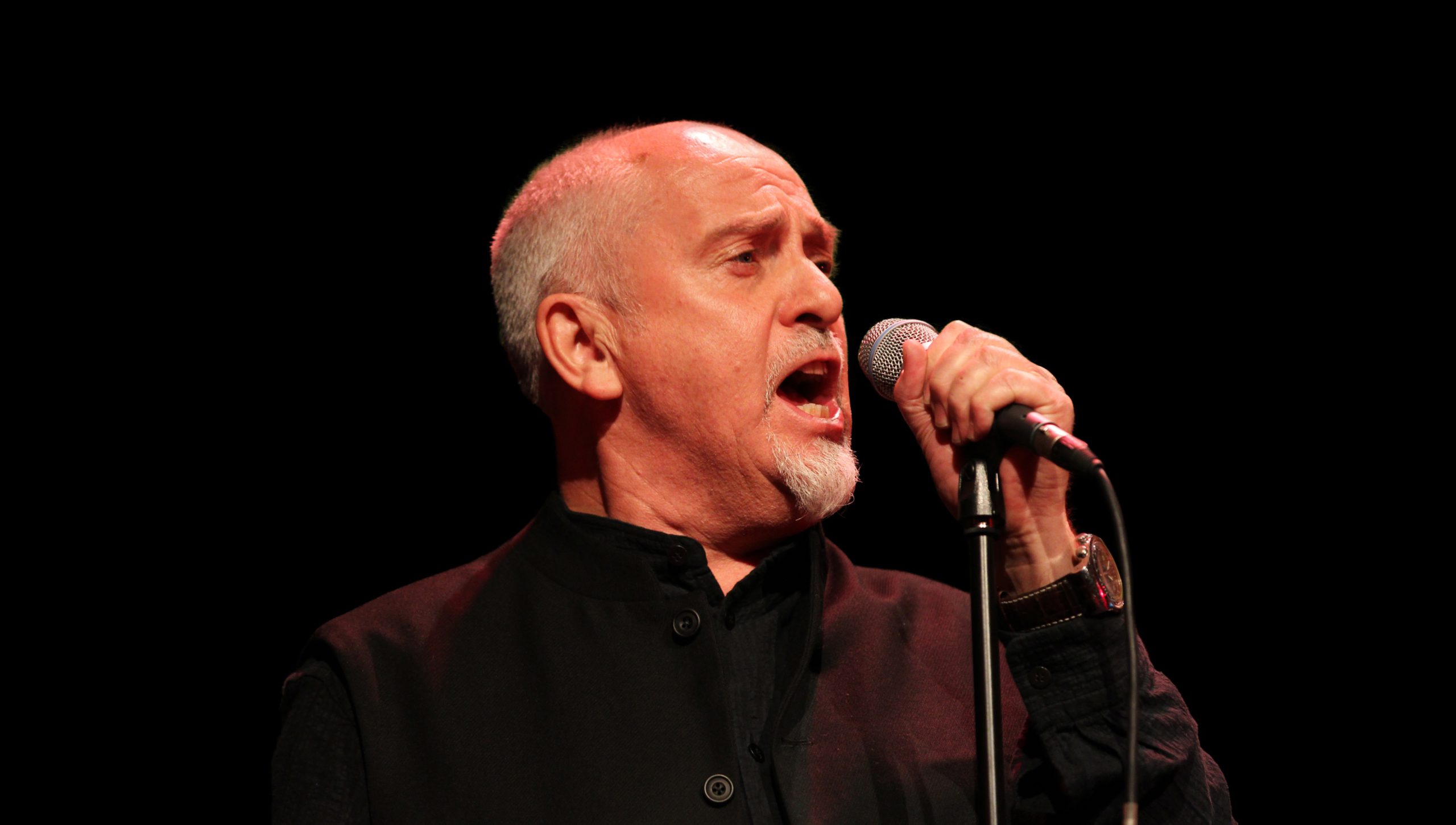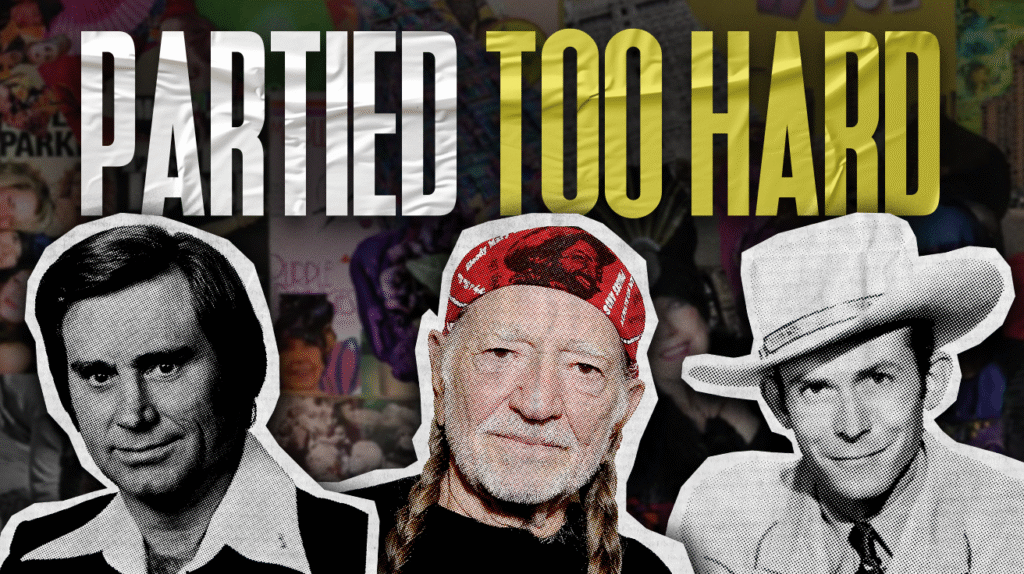
Country music doesn’t sugarcoat life’s punches. These legends proved that real artistry comes from wrestling with demons and living to sing about it. Their struggles weren’t just tabloid fodder — they became the raw material for songs that still stop you cold.
10. Willie Nelson: Tax Man Blues Became Chart Gold

When the IRS slapped Willie Nelson with $16.7 million in debt during the ’90s, most artists would’ve declared bankruptcy. Nelson had a different plan entirely.
He released “The IRS Tapes” — literally turning government seizure into chart gold. The album featured stripped-down versions of his classics, recorded on cheap equipment while federal agents seized his Pedernales studio. Five decades in Nashville teaches you to spin disaster into platinum records.
9. George Jones: Riding the Lawnmower to Legend Status
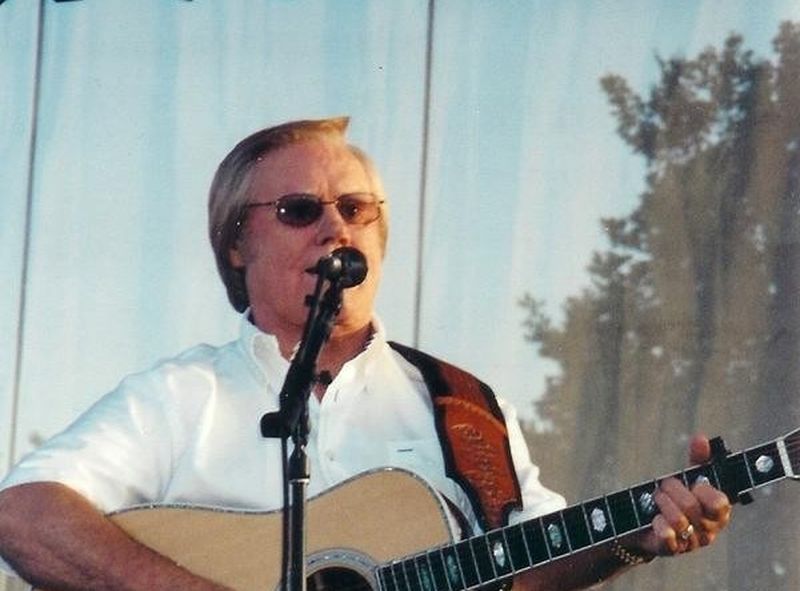
George Jones possessed a voice that could make grown men weep into their whiskey. Pure liquid heartbreak poured over steel guitar precision — that’s how his delivery landed.
Picture this: Jones drove a lawnmower eight miles to the liquor store after his wife Nancy hid his car keys. The man mowed through ditches and down Highway 16, determined to reach his destination. Even his self-destruction had style.
8. Tammy Wynette: First Lady of Country’s Hidden Battle

“Stand by Your Man” crowned Tammy Wynette country royalty in a male-dominated industry. Her voice commanded respect from Nashville’s old boys’ club, but the crown came with hidden thorns.
Seventeen surgeries for stomach issues created chronic pain that led to prescription addiction. Wynette consumed hundreds of pills weekly — painkillers, sleep aids, whatever doctors prescribed. Behind that powerful stage presence was a woman drowning in pharmaceutical quicksand.
7. Steve Earle: From Guitar Town to Rock Bottom Recovery

Steve Earle’s “Guitar Town” sounded like country music’s future — raw, honest, uncompromising. Then heroin and cocaine rewrote his entire story with a different ending in mind.
Prison time forced detox and brutal self-reflection. Earle rebuilt from cell block zero, writing songs on toilet paper and playing for inmates. He emerged as a recovery advocate, proving sometimes your lowest point becomes your launching pad. The man who lost everything to addiction found his voice in recovery.
6. Hank Williams Jr.: Breaking Free From Impossible Expectations

Following Hank Williams Sr. resembles trying to remake “Casablanca” — impossible expectations crushing before you even start. Junior forged his own rowdy path with “All My Rowdy Friends,” but the mountain had other plans.
A 500-foot mountain fall in 1975 shattered his skull and triggered painkiller addiction, a tragic ending. Doctors rebuilt his face with metal plates while addiction rebuilt his personality. Despite carrying his father’s impossible legacy, Hank Jr. carved out distinct musical territory that belonged to him alone.
5. Randy Travis: Deep Voice, Deeper Struggles
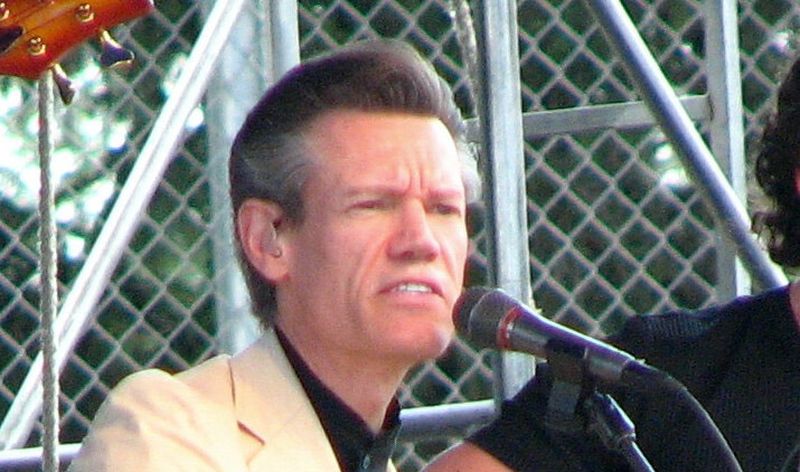
Randy Travis possessed the kind of baritone voice that made country radio executives weep with joy. “Forever and Ever Amen” proved his mastery of both technical precision and emotional authenticity.
His 2010 divorce triggered a public spiral ending with that infamous naked DUI arrest in a church parking lot. A 2013 stroke stole his speech, but Travis chose recovery over surrender. He relearned basic words the same way he once mastered vocal runs — one note at a time.
4. Keith Whitley: The Voice That Stopped Too Soon
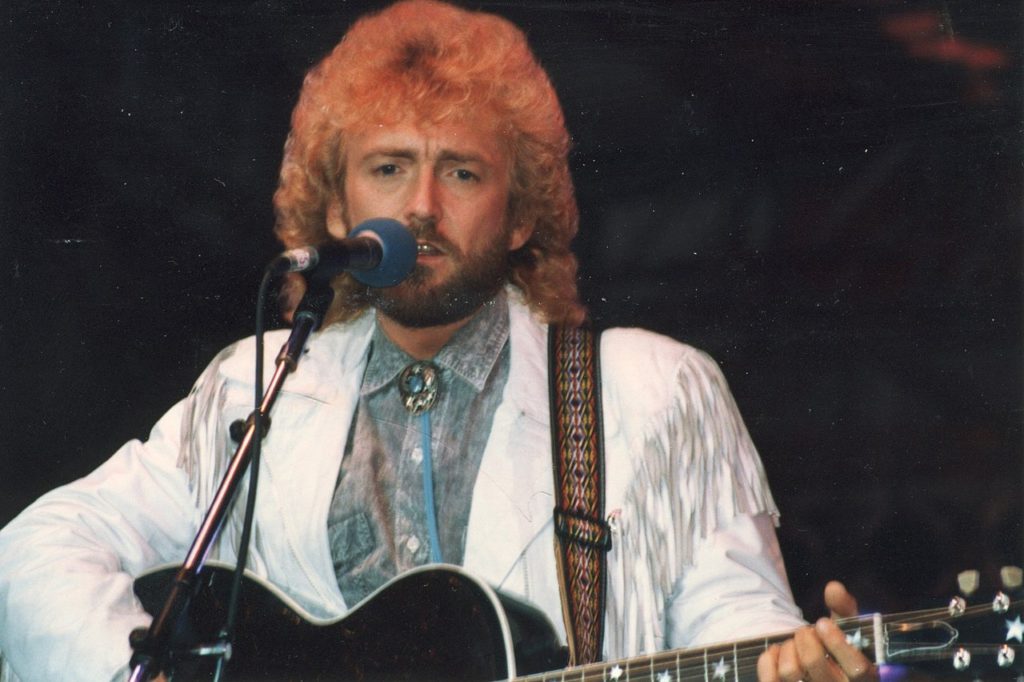
Keith Whitley had a voice that could melt steel beams. His Kentucky drawl on “Don’t Close Your Eyes” hit different than anything Nashville’s hit factories manufactured in the ’80s.
Alcohol addiction ended his story at 34 — found dead in his Goodlettsville home with a blood alcohol level five times the legal limit. Country music lost a generational talent before he could demonstrate his full artistic range. Some voices are too pure for this world.
3. Waylon Jennings: The Outlaw’s Secret War

Waylon Jennings helped define outlaw country with “Luckenbach, Texas,” but cocaine addiction was slowly destroying the man behind the rebel image.
Then Jennings did something remarkable: he quit cold turkey in 1984. No rehab program, no gradual reduction — just pure Texas stubbornness applied to getting clean. He flushed his stash down the toilet and never looked back. Sometimes the outlaw’s greatest rebellion is against his own demons.
2. Glen Campbell: Rhinestone Cowboy’s Real Redemption
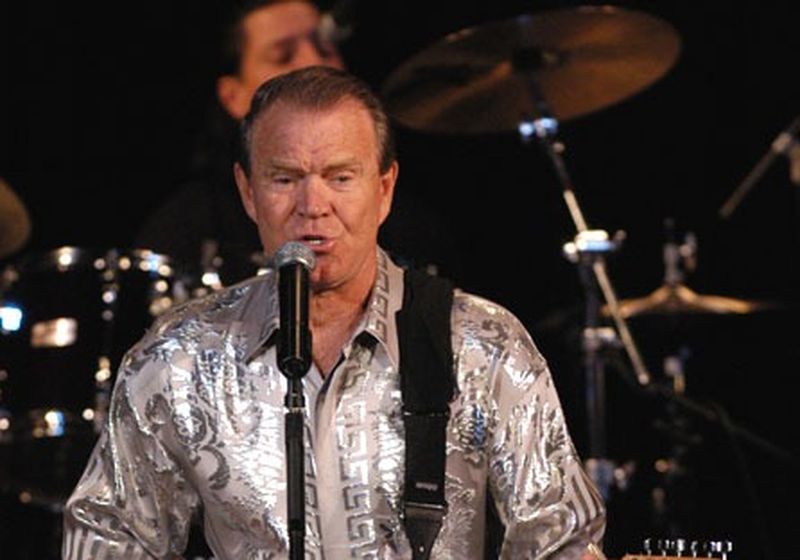
Campbell sold 90 million records by bridging country and pop before crossover became trendy. “Rhinestone Cowboy” showcased his guitar virtuosity and smooth vocal delivery, but success had a darker side.
Cocaine and alcohol nearly derailed everything in the ’70s. Campbell got clean and kept performing even after Alzheimer’s knocked on his door decades later. His farewell tour, “I’ll Be Me,” documented his battle with dignity and grace.
1. Hank Williams Sr.: The Original Heartbreak King
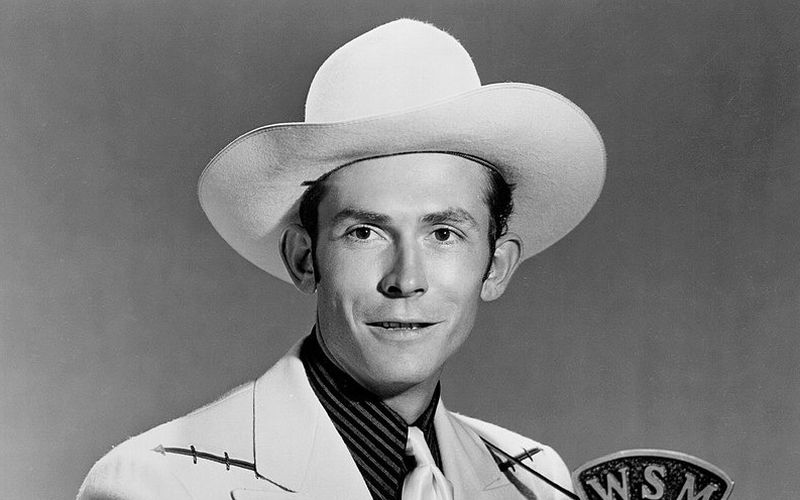
Hank Williams Sr. wrote the blueprint for country music heartbreak. “I’m So Lonesome I Could Cry” still hits harder than most overproduced modern releases, six decades later.
Chronic back pain from spina bifida led to alcohol and morphine dependence. Williams died at 29 on New Year’s Day 1953, found dead in the backseat of his Cadillac on the way to a show. The king of country music burned out faster than a honky-tonk Saturday night, leaving behind a legacy that still defines the genre’s soul.




